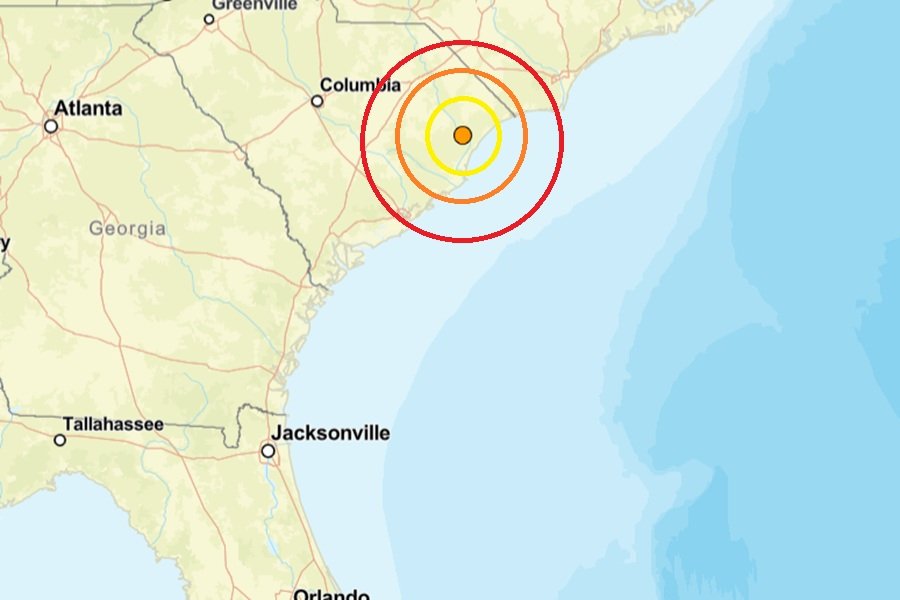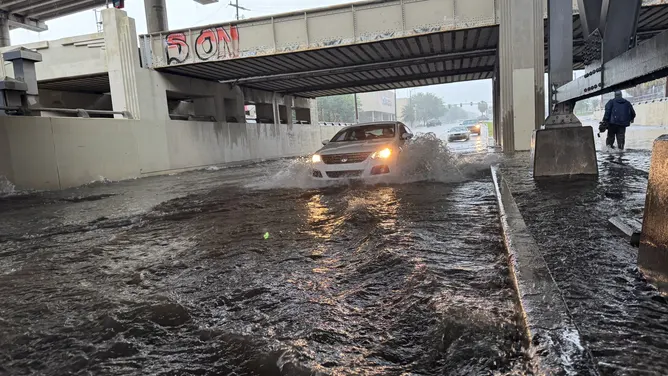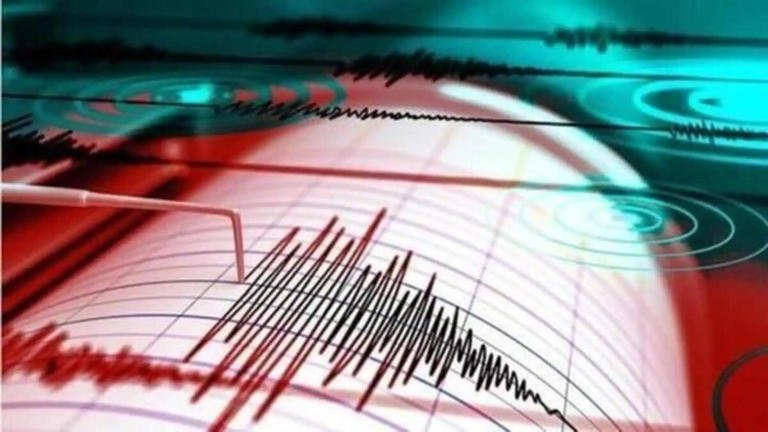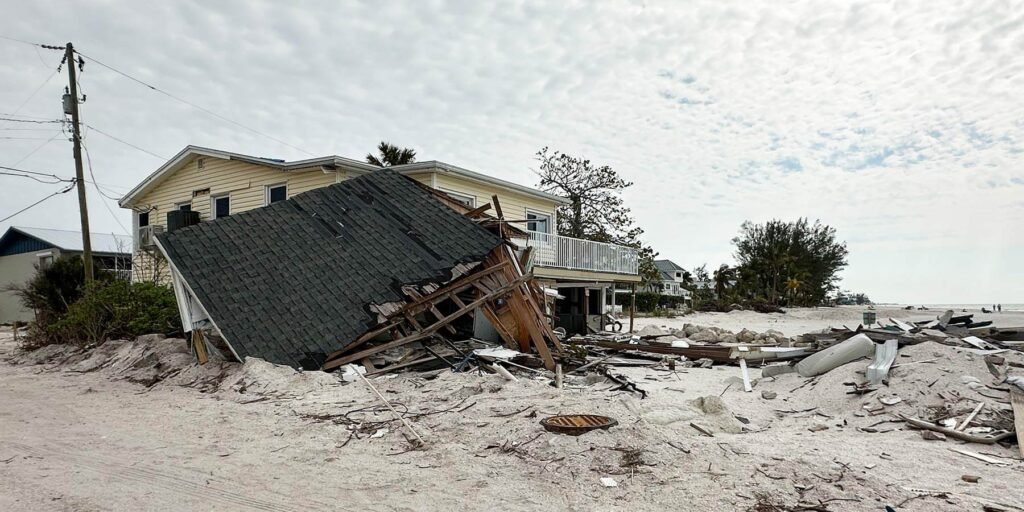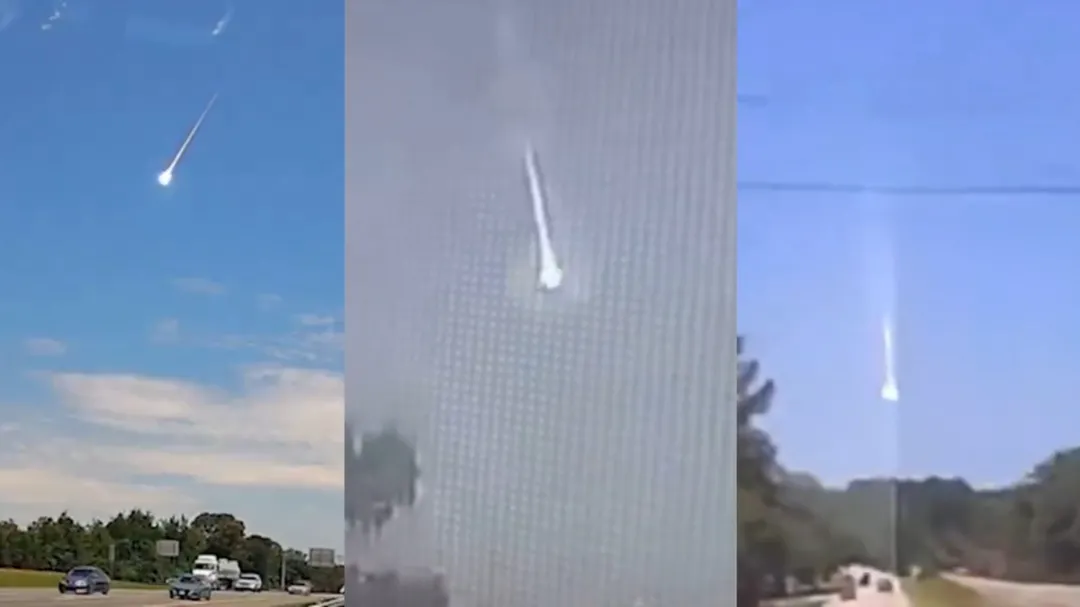SOUTH CAROLINA
— With atmospheric carbon dioxide at dangerously high levels, scientists and entrepreneurs are racing to develop bold new solutions. One of the most ambitious?
Direct Air Capture (DAC)
— technology that literally vacuums CO₂ from the air in hopes of reversing climate change.
But can this futuristic concept really work, or is it just another costly distraction?
How Direct Air Capture Works
DAC involves pulling large volumes of air through machines equipped with filters that trap CO₂. These filters may use
solid sorbents
or
liquid solvents
, which require heat or electricity to release the captured carbon. The purified CO₂ can then be stored or reused.
But according to
climate scientists
, the sheer scale of carbon in our atmosphere — currently over
950 gigatons
, with
422 ppm recorded in Mauna Loa
— means removing it would take vast amounts of energy and infrastructure.
Why We Need It Anyway
Even if all new emissions stopped today, we’d still face global catastrophe unless we pull carbon back out of the air. The
IPCC
has stated there is
no viable path to avoiding dangerous warming without carbon removal
.
Recent research from
Oxford University
shows humanity would need to remove
7 to 9 billion tons of CO₂ per year
by 2050 just to stay under the 1.5°C warming threshold — a level still considered dangerously high.
Where Does the Carbon Go After It’s Captured?
Once CO₂ is extracted, it must be stored or used. The
British Geological Survey
explains it can be turned into a
supercritical liquid
and pumped deep into porous rock formations like old oil fields — a method already used by the oil industry to extract more fuel (
BGS explanation
).
Alternatively, CO₂ can be reused in:
-
Synthetic fuels
, particularly for aircraft -
Cement and building materials
-
Agriculture and chemical products
-
Carbonated beverages
Companies like
Holocene
and
Mission Zero
are leading efforts to make this process more efficient. Holocene’s tech uses
amino-acid-laced water
and low heat to isolate CO₂, while Mission Zero uses
electrochemical ion exchange
.
But What About the Cost?
Cost remains the biggest roadblock. Currently, capturing one ton of CO₂ via DAC can cost
$300 to $600
, though most estimates center around
$350 per ton
. This is far higher than the $100-per-ton benchmark often cited as economically viable.
Interestingly, that $100 figure traces back to a 2018 paper by
Carbon Engineering
, which has since become outdated due to inflation and new research. The
World Economic Forum
now says DAC must drop below
$200 per ton
to be scalable (
WEF report
).
Still, large corporations like
Google
are betting on the future. The tech giant recently invested in Holocene and pledged to purchase carbon credits.
Critics Say the Math Doesn’t Work
Not everyone is convinced. Some experts argue DAC is a dangerous distraction from proven emission-reduction strategies.
A 2022 report by the
Institute for Energy Economics and Financial Analysis
argued DAC is
inefficient and impractical
at scale. Similarly, the
Bulletin of Atomic Scientists
slammed the U.S. Department of Energy for spending
$600 million
on DAC, calling it “a distraction from real solutions.”
Proponents Remain Hopeful
Supporters like
Dr. Nicholas Chadwick
of Mission Zero say critics are missing the point. “There are tons of industrial processes where the thermodynamics are terrible,” he argues — but market demand made them feasible. The same could happen with DAC if cost falls and
demand for clean CO₂
grows.
And with construction underway on the
Stratos DAC plant in Texas
, backed by Carbon Engineering, 1PointFive, and Occidental Petroleum, the first large-scale CO₂ vacuuming project could be just years from reality.
So, Can Carbon Vacuuming Save Us?
The short answer:
maybe, but not alone.
DAC may become a powerful tool in the climate fight, but only if prices fall, infrastructure expands, and we combine it with aggressive emission reductions. It’s
not a silver bullet
, but in a world edging closer to climate tipping points, it might be a necessary lifeline.
Do you think Direct Air Capture is a promising solution or a costly distraction? Let us know in the comments or write to our team at
Saluda Standard-Sentinel
.

